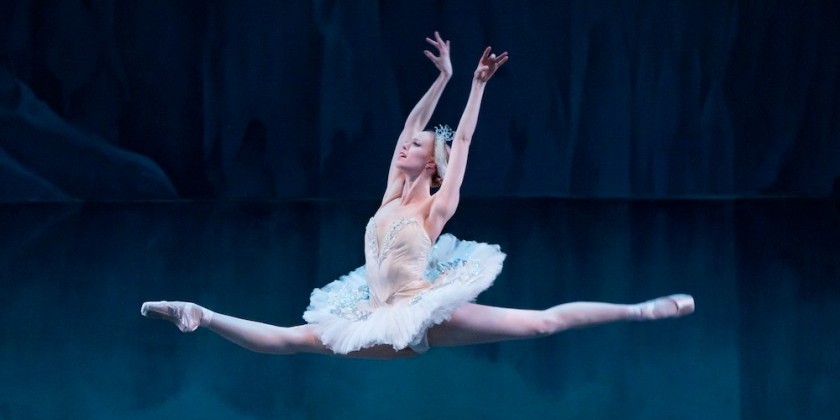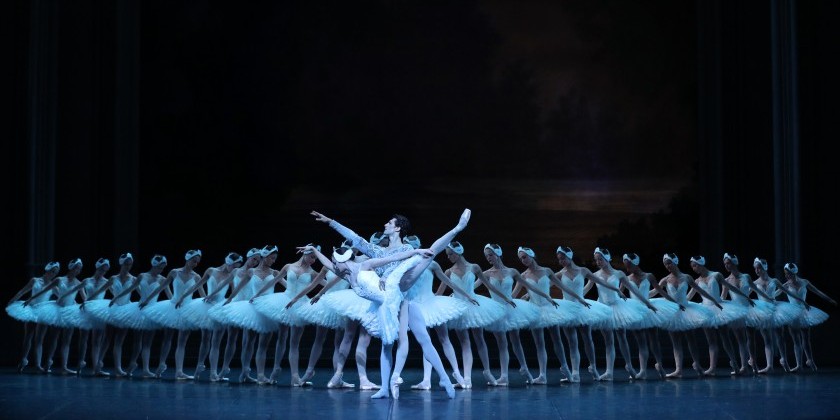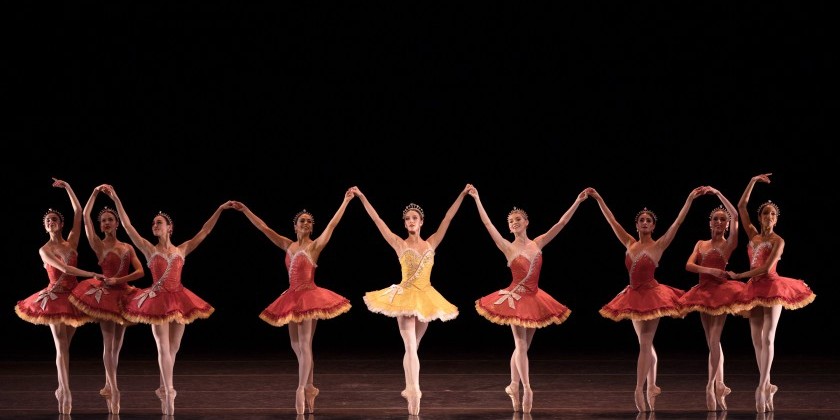Impressions of "The Hard Nut"
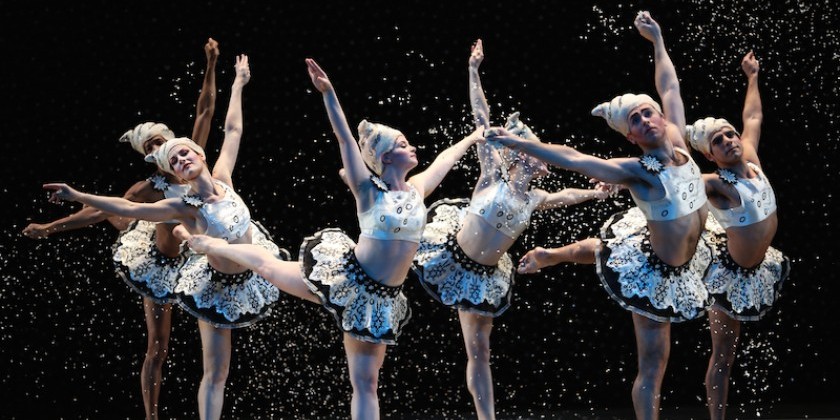
Welcoming Back a Holiday Treat After a Five-Year Absence
Choreography by Mark Morris
Music by Pyotr Ilyich Tchaikovsky
Danced by the Mark Morris Dance Group
Costume design by Martin Pakledinaz
Set design by Adrianne Lobel
Lighting design by James F. Ingalls
Production based on the work of Charles Burns
The Hard Nut, Mark Morris’s affectionate, irreverent, ingeniously musical, madcap, and deftly imaginative retelling of The Nutcracker, returned to the Brooklyn Academy of Music this December after a five-year absence. Created in 1991 at the end of the Mark Morris Dance Group’s three-year tenure as the resident company at the Théâtre Royal de la Monnaie in Brussels, The Hard Nut takes place on Christmas Eve in a suburban home in 1970s America. The first scene is chockablock with ‘70s nostalgia and references to American popular culture. Instead of a fireplace, Dr. Stahlbaum and his wife have a TV; instead of candles, their Christmas tree is festooned with mod white electric lights, which the maid switches on at just the moment when Tchaikovsky’s score heralds the lighting of the tree. Instead of life-sized Harlequin and Columbine dolls, Drosselmeier brings a life-sized Robot and a Barbie. The sleek black-and-white, Charles Burns – inspired sets (by Adrianne Lobel) and the colorful, elaborately detailed costumes (by the late Martin Pakledinaz) eschew period realism in favor of fanciful whimsy, some of it kitsch, some of it dark (menace lurks beneath the Dick-and-Jane simplicity of Burns’s cartoons).
As for the dances in the Party Scene, in place of the march, the galop, and the Grossvater minuet of the original 1892 ballet, Morris gives us the polka and the hokey-pokey. And the bump -- performed with gusto by a pot-smoking, guitar-playing hippie. This is the role Morris created for himself in 1991. Now 24 years older, he’s moved on to the very different role of Dr. Stahlbaum, channeling Jackie Gleason in a garish purple plaid suit and watching the antics of his sloshed guests with a marvelous mix of amusement and occasional bewilderment.
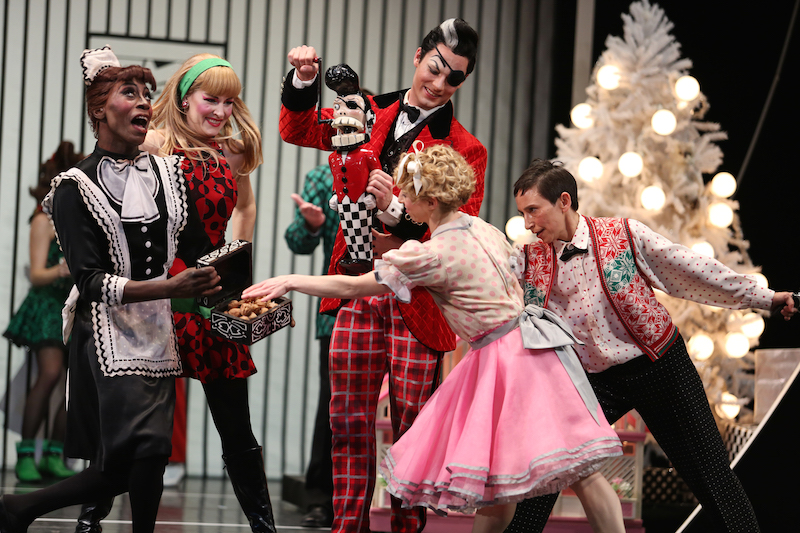
The Hard Nut also has several gender-bending roles: The Stahlbaums’ maid is played by a man on pointe (former company member Kraig Patterson, hilariously reprising a role Morris created for him); the Rat King is danced by a woman on pointe (Utafumi Takemura); and even Mrs. Stahlbaum is danced in drag. (John Heginbotham, another former troupe member, brings her vividly to life, especially in the second act, where she leads the "Waltz of the Flowers.") Then, too, both men and women comprise the corps de ballet of Snowflakes and Flowers, wearing identical costumes with elaborate headdresses that obscure their genders.
For these reasons, among others, The Hard Nut is sometimes — erroneously — described as a sendup. But even with Morris’s sacrileges to the Petipa-Ivanov “text” — by which I mean both the scenario and the choreography — this work is profoundly faithful to the essential elements of The Nutcracker: its joy, and its keen sense of the fantastical and the wondrous. I’ve seen many marvelous "Dances of the Snowflakes," but none is more beautiful, more inventive or more exuberant than Morris’s.
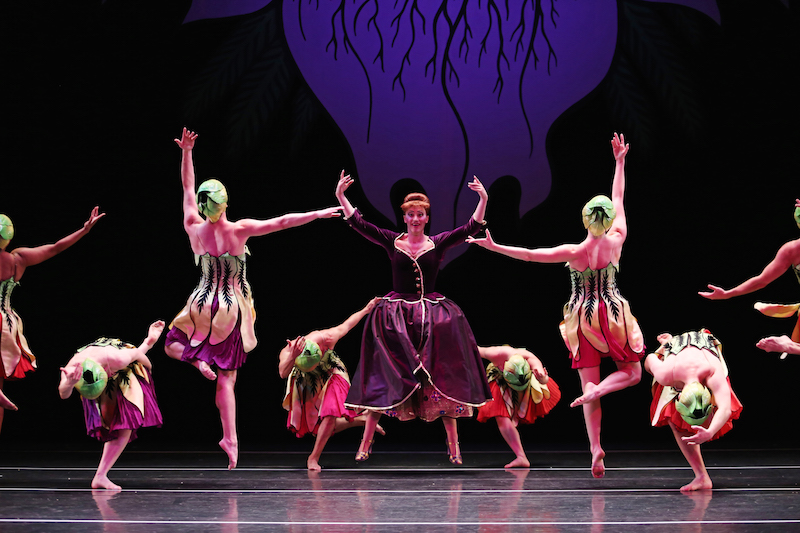
The choreographer is also acutely sensitive to Tchaikovsky’s stirring score, even when, as in the Party Scene, events stray far from the original scenario. And The Hard Nut is faithful to E.T.A. Hoffmann’s sometimes tender, sometimes nightmarish, often latently sexual 1816 short story, The Nutcracker and the Mouse King. (Petipa’s scenario, by contrast, is based on Alexandre Dumas’s sweetened-up adaptation of Hoffmann’s story.)
The Hard Nut takes its title from a tale within Hoffmann’s tale, which Drosselmeier recounts to the ballet’s heroine, Marie (danced with great sensitivity and nuance by Lauren Grant). This is the story of the beautiful Princess Pirlipat, whose face is destroyed by the Queen’s long-standing enemy, the Rat Queen. Morris tells this part of the Hoffmann story using the music Tchaikovsky composed for the second act, much of it meant to accompany the suite of national dances. Drosselmeier encounters these dances — Spanish, Arabian, Chinese, Russian, French — while traversing the globe in search of the Krakatuk nut, which, if cracked by a man still too young to grow a beard, will restore the princess’s beauty. The Krakatuk nut and the young man who is able to crack it turn out to be back home. Indeed, the young man is actually Drosselmeier’s nephew, whom the program designates, somewhat confusingly, as Nutcracker/Young Drosselmeier.
Morris draws from the Hoffmann story something that most productions miss: Marie and, to a lesser extent, the Nutcracker/Young Drosselmeier are the only unambiguously kind and compassionate people in the story. In the Party Scene, Marie is dressed in a pink ruffled dress. With everyone else sporting garish red or green outfits in the latest style, she at first appears to be a boring goody-goody. It soon becomes clear, however, that she and the adult Drosselmeier are the only ones onstage with any common sense or moral backbone. Marie is a girl set apart, predestined to play a part in larger events. Toward the end of the Party Scene, as the drunken, wasted guests turn ever more raucous, Marie and Drosselmeier share a private moment looking through the window at the moon. This is just one of The Hard Nut’s touching and telling intimate moments, easy to miss amid the boisterousness.
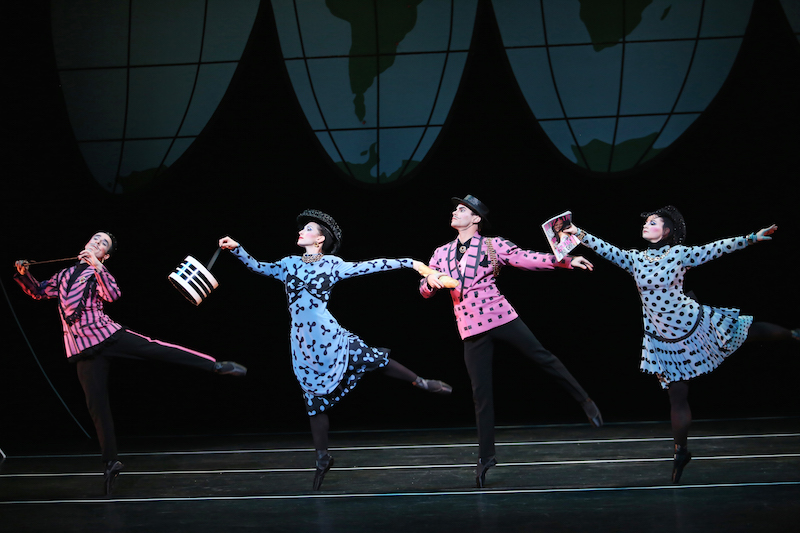
The ambiguous bond that Morris establishes between Marie and the older Drosselmeier (a bond strongly hinted at in Hoffmann’s story as well) is to me more moving than the dancing he gives Marie and the Young Drosselmeier during the Grand Pas de Deux, the only disappointment in this production. The Grand Pas de Deux is usually the emotional climax of The Nutcracker but in The Hard Nut it isn’t. Morris, a supremely musical choreographer, fights against Tchaikovsky’s hauntingly beautiful adagio, resisting its rapture, sorrow, tenderness and grandeur. Why does he show such tone-deafness here? Did he have a reason, back in 1991, to resist this music? Would he create the same dance today? My guess is that he wouldn’t.
But this is a small quibble, the only imperfection in what is otherwise a superb work. And Marie and Young Drosselmeier do have a touching, “Blossoming First Love” duet in the final coda that ends the work. Still, the dances that linger in memory all come earlier: "The Party Scene", the "Dance of the Snowflakes", the Busby Berkeley bacchanalia of the "Waltz of the Flowers" led by Mrs. Stahlbaum, the Arabian dance (featuring five sheiks in sunglasses wearing ankle bells), and the French dance (a mincing quartet en pointe for two nattily dressed men, one carrying a baguette, the other a fashionable walking stick, and two chicly dressed women, one holding a hatbox, the other reading a fashion magazine).
Let’s hope that The Hard Nut will be restored as an annual tradition at BAM. It’s spent enough time playing on the West Coast.
Share Your Audience Review. Your Words Are Valuable to Dance.
Are you going to see this show, or have you seen it? Share "your" review here on The Dance Enthusiast. Your words are valuable. They help artists, educate audiences, and support the dance field in general. There is no need to be a professional critic. Just click through to our Audience Review Section and you will have the option to write free-form, or answer our helpful Enthusiast Review Questionnaire, or if you feel creative, even write a haiku review. So join the conversation.




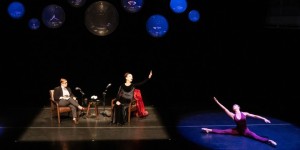
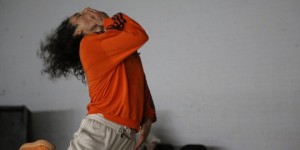


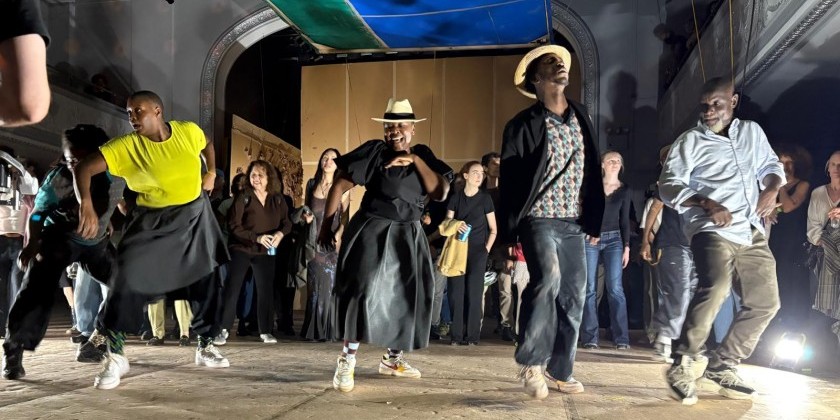
![IMPRESSIONS: Will Rawls' “[siccer]” at the Keith Haring Theatre at Performance Space New York](/images/features_large/20251119_WillRawls_siccer_PerformanceSpaceNY_WhitneyBrowne--55.jpg)
